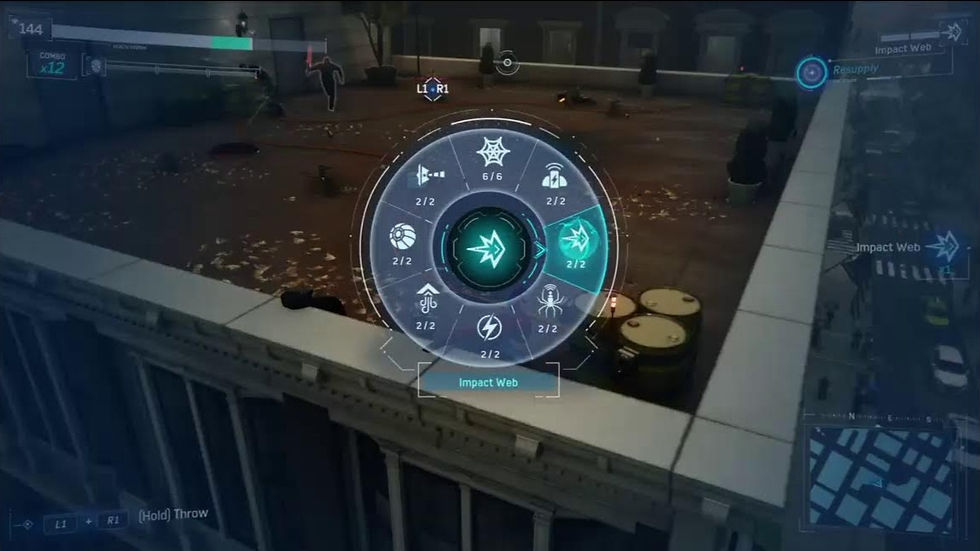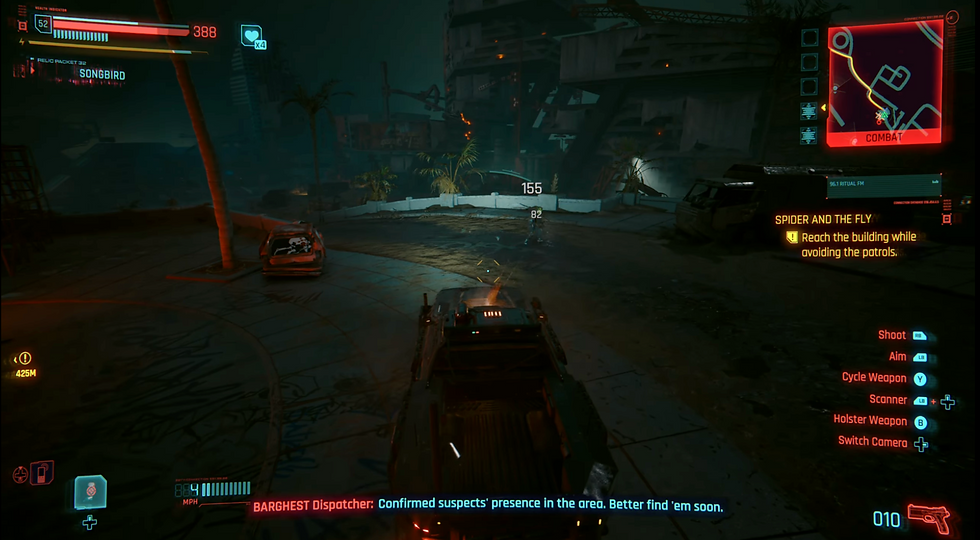Slaying Buttons, not Dragons: A HUD Evolution Through My Eyes
- pritamnelapudi
- Jan 11, 2024
- 2 min read
Have you ever picked up a video game after a break, only to find yourself grappling with the controller, trying to remember the key commands like an intricate dance routine? I can relate. Especially now, with a 2-year-old bundle of energy around me all the time, my gaming habits have shifted. I used to be a frequent player, but now, it's mostly limited to weekends or late-night sessions after my little one is in bed.
Personal Experience
Picture this: It's midnight, and I'm eager to dive into the intricate world of Spider-Man or any other AAA game. But there's a snag – the fear of fumbling through complex controller mappings with my energy levels at an all-time low. The thought of investing time in learning the controls often steers me towards a TV series instead of gaming.
Weekends bring a similar dilemma. Picking up a game after a few days' gap is a challenge, and the confusion between different games' controller layouts adds another layer of complexity. Customizing mapping is an option, but honestly, I just want to play without navigating a steep learning curve every time.


The Game Developer's Perspective
It struck me that game developers often design with the hardcore gamer in mind – the one who devotes consecutive days to finish a game. But what about players like me, eager to enjoy the experience but lacking the luxury of time? The UX aspect, though gaining recognition, needs more attention. UX designers should be integral in identifying player pain points and enhancing game usability for a broader audience.
Addressing Frustrations
Take, for example, my frustrating experiences, not only with Spider-Man (2018) but also with games like God of War (GoW) and The Last of Us. In the intense battles of God of War, where we face creatures, and in the zombie-filled world of The Last of Us, the immersive experience is incredibly high, driven by jump-scary sound design that stirs fear and emotions. What I observed during these intense moments is that I often forget the basic attacks and key mappings.


In the chaos of battle, having the controller mappings on the HUD becomes crucial, especially in games where the immersive experience is designed to provoke fear and emotions. The high intensity can lead to overlooking essential controls, and the option to display mappings on the HUD becomes a valuable aid. Having encountered this frustration, seeing the solution in Cyberpunk made me genuinely happy, knowing that this pain point is being addressed.
Discovering Solutions
In 2023, I encountered Cyberpunk 2077: Phantom Liberty and Spider-Man 2, both addressing these pain points brilliantly. Cyberpunk displayed contextual controller key mapping on the HUD, adapting to in-game actions. Spider-Man 2 not only brought the weapon/special abilities wheel onto the HUD at the start of battles but also made it contextual, easing the gaming experience.



Conclusion
My journey through gaming frustrations and discoveries led me to appreciate the power of intuitive HUD design. It's not just about challenging players; it's about providing accessibility for diverse gaming personas. As we celebrate these improvements, let's hope more game developers embrace user-centric design, ensuring everyone can enjoy their creations without unnecessary hurdles.

Comments